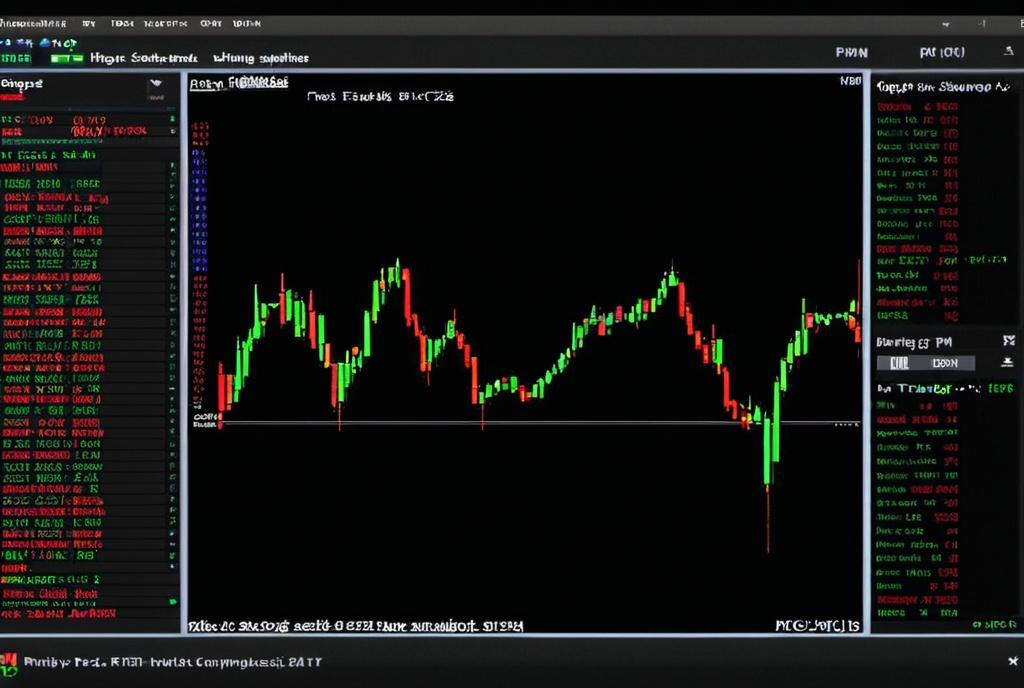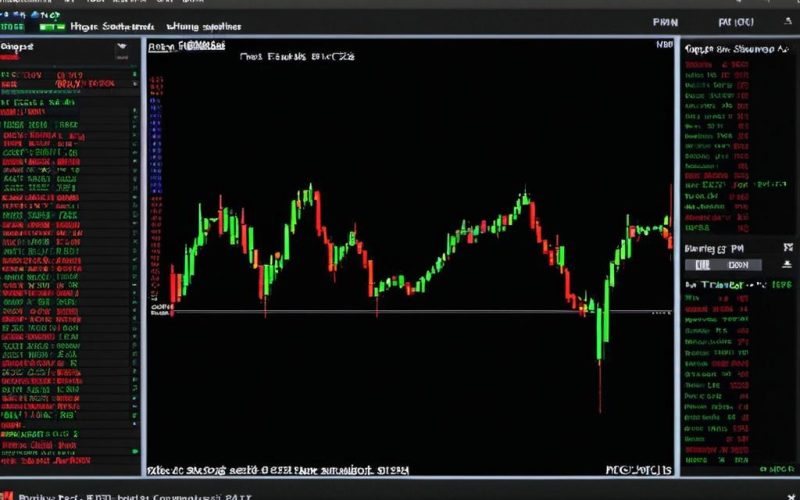Key Take Aways About Index Futures (e.g., S&P 500, Nasdaq)
- Index futures are contracts for buying an index at a predetermined date and price, used for hedging or speculating on market movements.
- Traders use HIT software for analysis, risk assessment, and strategy implementation.
- Margin and leverage are crucial in index futures trading; HIT software helps manage these aspects.
- Success stories, like trader Steve’s, highlight the importance of preparation and strategic planning in trading futures.
- Trading index futures requires knowledge, tools, and sometimes luck, with HIT software aiding in maintaining a competitive edge.

Understanding Index Futures
Index futures, like those tied to the S&P 500 or Nasdaq, are contracts obligating the buyer to purchase an index at a predetermined future date and price. Think of them as a way to bet on the direction of entire markets, rather than individual stocks. Traders often use index futures for hedging or speculating on market movements, and they’re a staple tool in the financial markets.
The Mechanics of Index Futures
At their core, index futures are standardized contracts traded on futures exchanges. These contracts outline the terms, which include the delivery date and the price. Unlike options, they don’t give you a choice to buy or sell—the deal’s set, and it’s happening whether you like it or not.
Now, if you’ve ever wondered about the S&P 500 index futures, they’re based on the S&P 500 stock index, reflecting the performance of 500 large companies listed on US stock exchanges. Nasdaq futures? They follow the Nasdaq Composite index. These futures take the index’s value and multiply it by a fixed number to get the contract’s price.
Hedging and Speculating
Let’s say you’re a portfolio manager. You love your stocks but want to sleep better knowing you’re protected from sudden market downturns. Index futures can save the day. By selling index futures, you offset potential losses in your stock holdings—hedging, as the pros call it.
Speculating’s a different story. You’re betting on market trends. Expect the S&P 500 to rise? Buy an index future. Think it’s headed south? Sell short. It’s high stakes and can be quite thrilling if market prediction’s your jam.
How HIT Software Fits In
Trading index futures requires savvy analysis and market timing. Enter HIT software—a tool no trader should overlook. HIT software helps by providing analytical insights, risk assessments, and various strategies you can employ when trading futures.
With HIT’s customizable dashboards and real-time data feeds, you can keep your finger on the pulse of market trends. Imagine getting alerts for when a specific index hits your preset criteria. It’s like having a personal assistant who understands trading.
The Importance of Margin and Leverage
When dealing with index futures, margin and leverage are your trusty—or sometimes tricky—companions. Margin refers to the collateral you must maintain in your account to trade futures. Leverage? That’s the multiplier effect of your invested capital. It can amplify gains but remember, it can magnify losses too.
Use HIT software to manage these aspects wisely. It offers margin calculators and risk assessment tools to ensure you’re not biting off more than you can handle. Keeping track of leverage ratios helps maintain a balanced trading strategy.
Personal Touch and Stories
I once met a trader named Steve. He was all about futures trading—specifically index futures. Steve loved the challenge of predicting the market movements and made a decent living from it, thanks to his strategy and tools like HIT software.
Steve’s philosophy was straightforward: think ahead, plan your trades and never underestimate the market. He’d always say, “You can’t predict the future perfectly, but you can prepare for it.”
His favorite tale was when unexpected market news hit, and the S&P 500 futures tanked. While many panicked, Steve had positioned himself with put options as a hedge. His preparation gave him a good night’s sleep while others stayed glued to market screens.
Conclusion
Trading index futures isn’t for the faint-hearted. It requires knowledge, the right tools, and sometimes a dash of luck. But for those ready to embrace its challenges, tools like HIT software can make all the difference, helping you stay ahead of the curve. Whether you’re hedging your bets or riding the speculative wave, understanding and effectively utilizing index futures can be a valuable part of your trading toolkit. So keep learning, stay prepared, and may your trades be ever in your favor.
